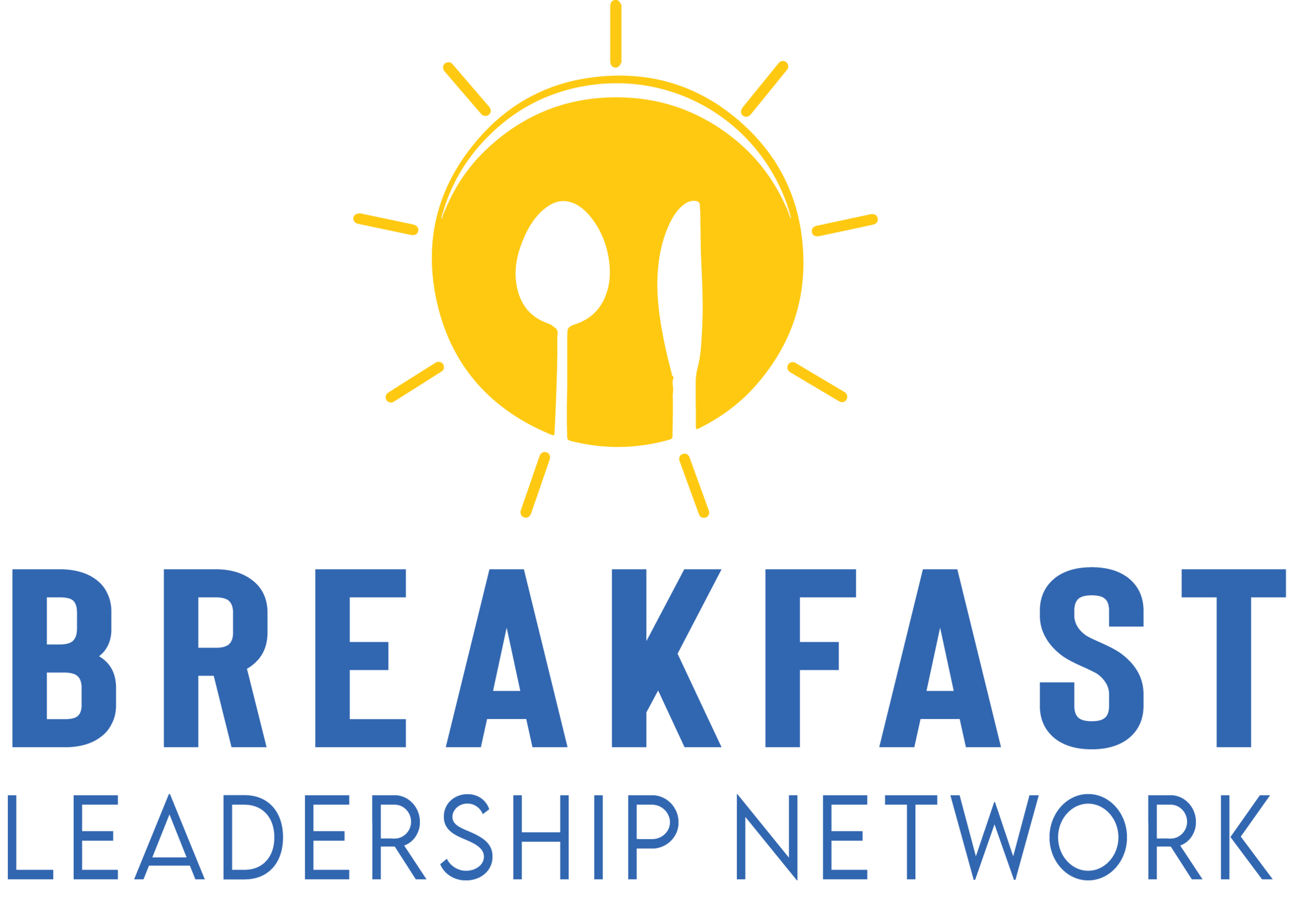Best Practices for Managing a Remote Team for Optimal Performance and Retention
The future of labor has arrived and is evolving rapidly. The 9-to-5 office job is one of many options available to employees or employers. Companies must now contemplate various new models that permit greater flexibility, autonomy, and work-life balance. Not all of these models are created equal when it comes to retaining employees and boosting their performance. In this article, we will examine several models of the future of work that have proved effective in keeping employees and boosting their performance.
Hybrid Work
The model of hybrid labor combines remote and in-office work. Employees can work from home or the office, depending on their preferences and the demands of their position. In recent years, this model has grown in popularity, especially since the COVID-19 pandemic compelled many businesses to employ remote work. Hybrid work can effectively retain employees because it allows for a more excellent work-life balance, which has been demonstrated to be a significant driver of employee satisfaction. Additionally, it permits greater autonomy and adaptability, boosting employee engagement and productivity.
Flexible Scheduling
Flexible scheduling is another paradigm of the future of work that can be useful for retaining employees and boosting their performance. This model permits employees to determine their schedules within the parameters established by the company. For instance, an employee may be required to work 40 hours per week, but they can choose when to complete those hours. This model facilitates a more excellent work-life balance, which can increase employee satisfaction and decrease fatigue—increasing employee satisfaction and decreasing it. It also enables employees to work when they are most productive, enhancing their performance.
Results-Only Work Environment
The results-only work environment (ROWE) is a model in which outcomes are prioritized over hours worked. In a ROWE, employees are evaluated based on their performance, not work hours. This model permits greater autonomy and adaptability, increasing employee motivation and productivity. It also enables employees to work when they are most productive, enhancing their performance. The ROWE model can be helpful in employee retention because it allows for a more excellent work-life balance and reduces the tension associated with strict work schedules.
Job Splitting
Job sharing is a paradigm that permits two or more workers to share a single position. Together, the part-time employees fulfill the responsibilities of a full-time position. This model can effectively retain employees because it permits them to work part-time while maintaining a full-time position. This can be especially helpful for employees juggling work with other obligations, such as providing for children or elderly relatives. Additionally, job collaboration permits greater flexibility, boosting employee engagement and productivity.
Unlimited Holidays
Unlimited time off is a paradigm that allows employees to take as much time off as they need within the company's guidelines. This model can effectively retain employees by allowing workers to take time off whenever required without accumulating vacation or sick days. It also allows employees to take the time they need to recharge and avoid fatigue, thereby enhancing their performance upon their return.
Conclusion
The future of work is changing, and businesses must adapt to retain employees and boost their performance. Models such as hybrid work, flexible scheduling, the results-only work environment, task sharing, and unrestricted vacation time have proven effective in retaining employees and boosting their performance. These models enable increased work-life balance, autonomy, flexibility, and critical employee engagement and satisfaction drivers. These models allow companies to retain their best employees and enhance their performance and output. As the future of work continues to evolve, businesses must be willing to adapt and adopt new models that satisfy employees' changing needs and expectations.
However, it is essential to note that only some models will work for some companies or employees. When adopting a new model, businesses need to consider their specific requirements and those of their employees. Additionally, communication and transparency are critical to successfully implementing any new paradigm. Companies must communicate their policies and expectations to their employees plainly and transparently, highlighting the benefits and limitations of each model.
Technology is another essential consideration. Many of these models use technology to facilitate remote work, flexible scheduling, and collaboration. Companies must guarantee that the technology infrastructure is in place to support these models. This could include cloud-based collaboration tools, video conferencing software, and other communication and project management tools.
Lastly, businesses must continually evaluate the efficacy of their selected model. Regular employee feedback can help identify areas for improvement and ensure that the model meets the requirements of both the organization and the employees.
In conclusion, the future of work is in flux, and businesses must adjust to retain employees and enhance their performance. Models such as hybrid work, flexible scheduling, the results-only work environment, task sharing, and unrestricted vacation time have proven effective in retaining employees and boosting their performance. When adopting a new model, it is crucial for businesses to consider their specific needs and those of their employees and ensure that they have the technology infrastructure in place to support these models. By adopting the appropriate model and continually evaluating its efficacy, businesses can retain their finest employees and boost their performance and output.
——
Please stay connected with us! For more insights and valuable content, don't forget to check out the following resources:
- **Breakfast Leadership Show Podcast**: Tune in to our podcast and get inspired by leadership lessons and success stories from top industry leaders.
- **Breakfast Leadership YouTube Channel**: Subscribe to our YouTube channel for video content on leadership, personal development, and more.
- **Hire Michael D. Levitt to Speak**: Looking for a dynamic speaker for your next event? Hire Michael D. Levitt, the founder of Breakfast Leadership, to share his expertise and insights.
Follow us on LinkedIn for the latest updates. Remember to share this article with your network!


